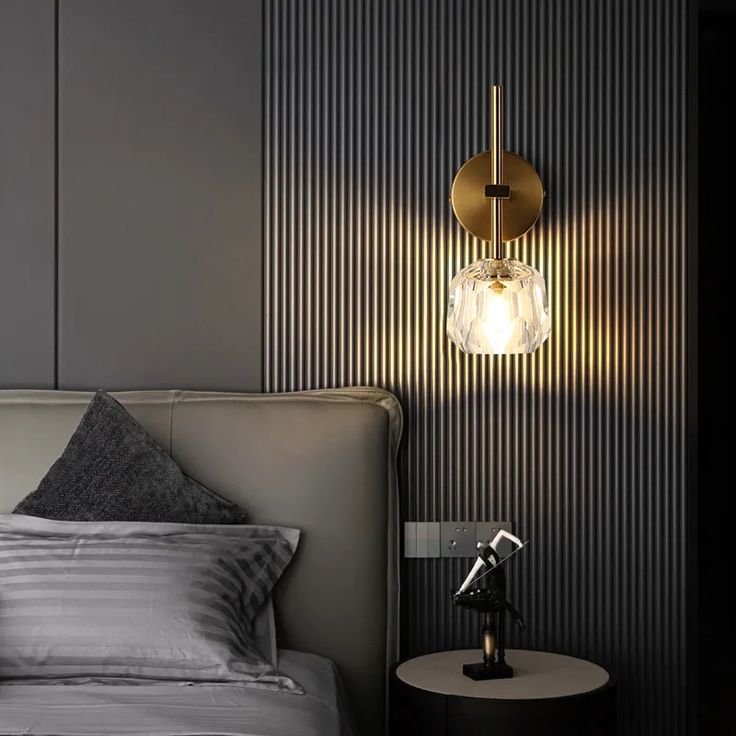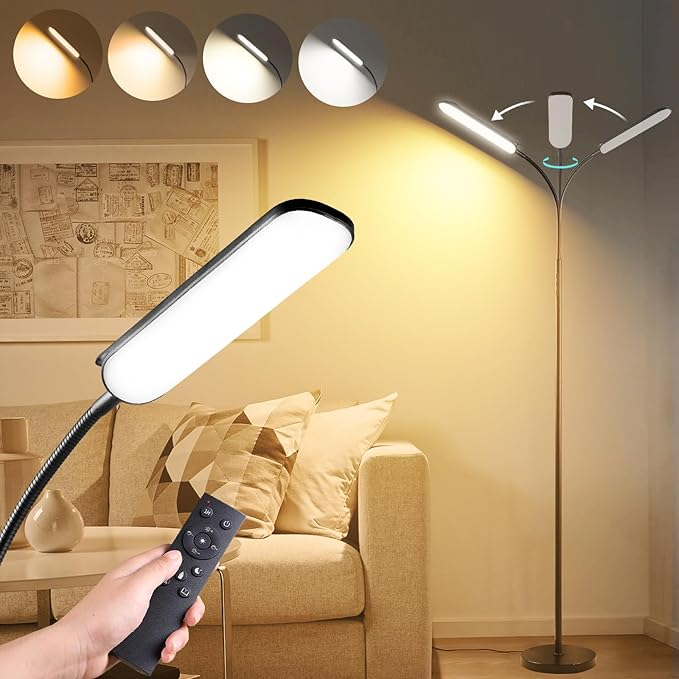In modern kitchens, the kitchen island is often the centerpiece, where functionality meets aesthetics. As an essential element that brings together cooking, dining, and social interactions, it’s crucial to enhance its appeal and practicality with the right lighting. A well-chosen chandelier can transform an ordinary kitchen island into a magnificent focal point. However, harmonizing the light and space requires careful consideration. In this article, we will explore how to achieve that perfect balance with your kitchen island chandelier, touching on various aspects such as style, size, height, bulb choice, and overall integration with the kitchen’s design.
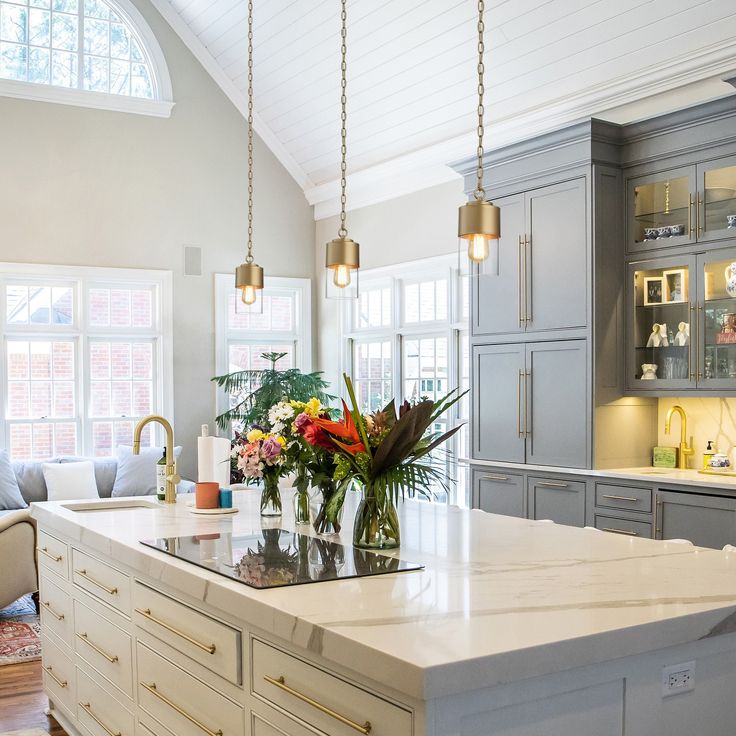
Understanding the Role of Lighting in Kitchen Design
Lighting serves multiple purposes in kitchen design. It needs to provide ample illumination for food preparation while also setting the tone for gatherings and meals. The kitchen island’s placement often dictates its role as a hub where families come together, making it essential to create a warm and inviting atmosphere. The chandelier you choose for your kitchen island should elevate the space without overwhelming it. A carefully selected chandelier adds character, complements the kitchen’s style, and provides directed task lighting essential for food preparation.
When planning the lighting design around your kitchen island, consider the primary activities that will occur there. While many opt for overhead lighting to offer a practical approach, chandeliers can impeccably merge aesthetics with functionality. A chandelier features multiple bulbs or light sources, enabling you to select varying intensities for cooking or entertaining. An understanding of how layers of light — ambient, task, and accent — interact will guide you in choosing a chandelier that balances both light and space effectively.
Selecting the Right Size: Find Your Perfect Fit
One of the most common mistakes homeowners make when choosing a chandelier for their kitchen island is ignoring scale. A chandelier needs to complement the proportions of the island itself. A large chandelier may visually overpower a smaller island, while a tiny fixture may get lost above a spacious counter. The two core principles in determining size revolve around visual weight and synergy with surrounding elements.
For kitchen island chandeliers, a good rule of thumb is to measure the width of the island. For islands wider than four feet, select a chandelier that measures approximately one-third to one-half of the island’s width. Conversely, for smaller islands, aim for fixtures that maintain visual balance without dominating the space. The height also plays a crucial role; typically, hang the chandelier 30 to 36 inches above the countertop. This distance provides ample light for tasks while ensuring that lines of sight are not obstructed.
When selecting your chandelier, consider the surrounding decor and furniture as well. A cohesive visual story ties the aesthetic elements together, ensuring that the overall space feels unified. Whether your kitchen style is contemporary, traditional, rustic, or eclectic, find a chandelier design that resonates with the surrounding colors, textures, and styles to create that essential harmony.
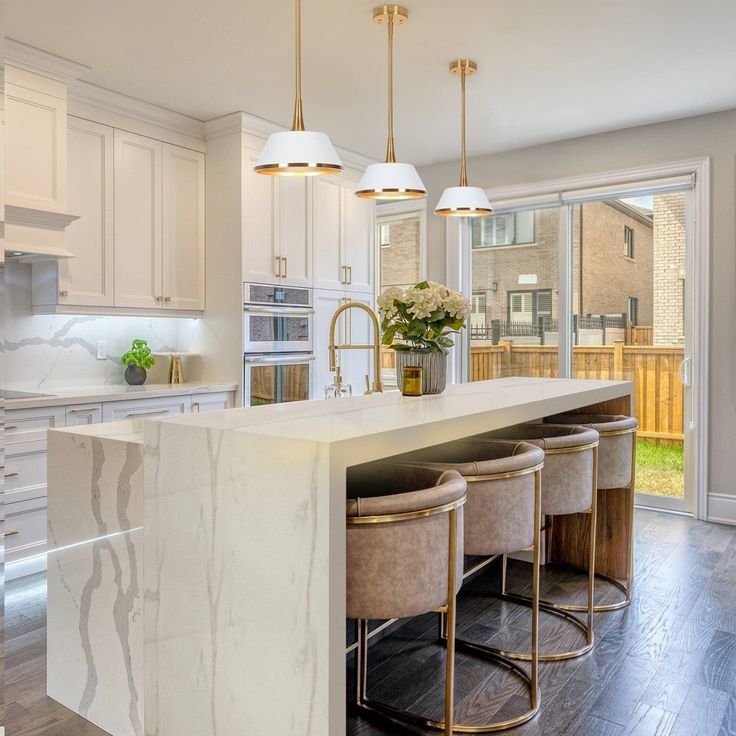
Choosing the Right Style: Matching Aesthetics
Chandeliers come in an array of styles, from ornate fixtures dripping with crystals to simple, modern designs with clean lines. The right style not only enhances the kitchen island but also integrates with the overall aesthetic of your kitchen. Consider the existing decor and the ambiance you want to achieve. A rustic kitchen may benefit from a wrought iron chandelier with warm wood accents, while a sleek modern kitchen could shine with a minimalist geometric design.
It’s important to harmonize the chandelier’s finish with other lighting fixtures in the kitchen, such as pendant lights or sconces. A consistent finish, whether polished nickel, brushed brass, or oil-rubbed bronze, contributes to a cohesive design language. Experiment with contrasting styles to infuse personal flair; for example, pairing a vintage chandelier with contemporary cabinetry can create an unexpected yet stylish visual interplay.
However you choose to blend styles, ensure that your chandelier amplifies the atmosphere you wish to cultivate. A more dramatic fixture can serve as a conversation starter during gatherings, while softer styles may enrich intimate dinners with family. As you contemplate style, picture how different materials and design forms can contribute to the atmosphere you’re aiming for.
Light Quality: Selecting the Right Bulbs
While choosing a chandelier’s design and size is critical, the quality of light emitted cannot be overlooked. The type of bulbs incorporated into the chandelier greatly influences both ambiance and functionality. Consider utilizing warm LED bulbs to create a cozy atmosphere. LED bulbs come in various color temperatures, ranging from warm to cool tones; selecting those in the range of 2700K to 3000K provides a welcoming glow ideal for kitchens.
Additionally, ensure that your chandelier accommodates dimmable bulbs to provide flexibility in lighting options. Dimming capabilities allow you to adjust the brightness level based on the time of day and occasion, whether for meal prep or entertaining guests. Therefore, protecting your chandelier investment with versatile lighting also enhances your kitchen’s functionality.
Many chandeliers offer multi-socket designs, so you can layer the bulbs or even mix bulb styles, combining clear glass globes with a warm Edison bulb for a unique aesthetic. Experiment with bulb arrangements until you create the desired atmosphere, showcasing how the uniqueness of your style remains at the forefront of your kitchen design.
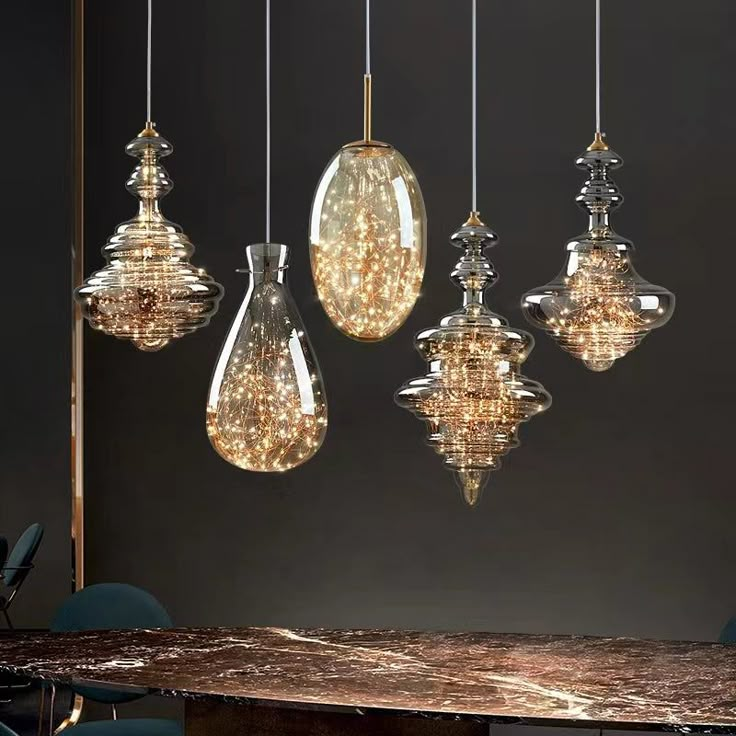
Proper Height Placement: Create an Inviting Environment
Determining the proper height for your kitchen island chandelier is a critical step toward achieving that harmonious balance between light and space. An incorrectly hung chandelier can obstruct views or create an uninviting atmosphere. As a general rule, hang the chandelier 30 to 36 inches above the countertop for optimal light distribution.
However, the height of your ceiling and the style of the chandelier play essential roles in making placement decisions. For example, if your kitchen has a higher ceiling, you may need to adjust the chandelier’s height to maintain visual balance. On the other hand, kitchens with lower ceilings could require a flush-mount chandelier to prevent the space from feeling cramped.
As you consider the height, keep in mind the need for brightness and functionality. Hanging chandeliers too close to the island can cast harsh shadows. If they are too high, they may not provide enough light for tasks. A properly installed chandelier offers comfortable lighting for work surfaces. It also promotes interaction and connection during social gatherings.
Balancing the Space: Varying Fixture Styles
While a single chandelier may effectively illuminate a kitchen island, integrating different lighting styles adds dimension to your design. Layering various light fixtures enables you to create visual drama while also addressing functional needs. Pendant lights can complement chandeliers, serving as accent lighting that offers a distinctive aesthetic element while maintaining a consistent theme.
Incorporate an additional layer of light through strategically placed wall sconces or recessed lights that draw attention to the overall kitchen design. These additional sources act as supportive light fixtures, enhancing the ambient illumination from the chandelier. As a result, your kitchen transforms into a well-lit environment, accommodating activities ranging from family dinners to casual brunches with friends.
Position wall sconces at varying heights to dramatically affect light dispersal and space perception. Additionally, consider placing recessed lighting in areas that may require more focused light, such as over an adjoining work surface or pantry.
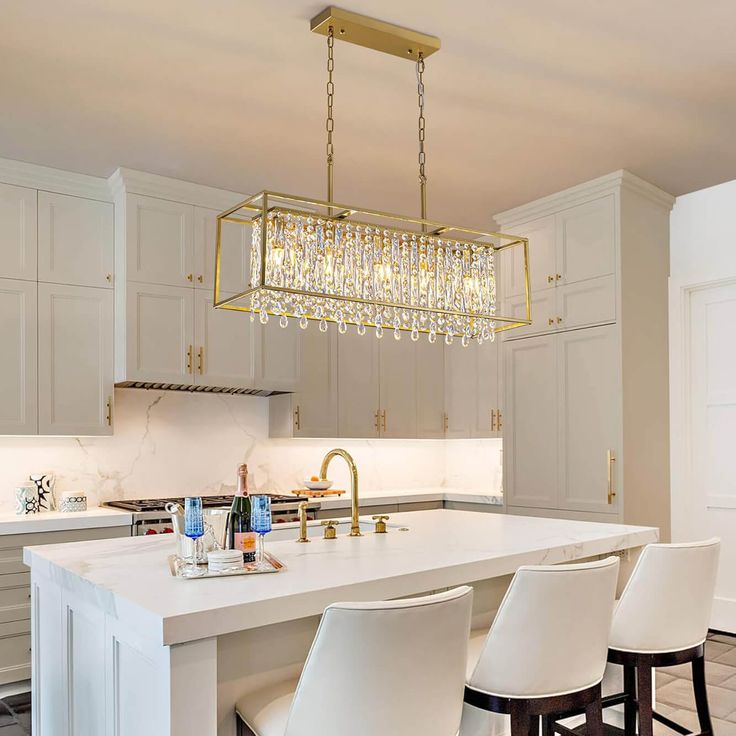
Final Touches: Accessorizing Around Your Chandelier
Once the chandelier is selected, its height adjusted, and the bulbs chosen, refinement in aesthetics can further enhance the overall space. Accessorizing around the chandelier plays a crucial role in establishing the perfect atmosphere. Consider adding decorative elements, such as greenery, that can soften the edges and contrast beautifully with a metallic chandelier.
A curated selection of kitchenware displayed on the island can also emphasize the chandelier’s role in the space. Utilize colored or textured accessories that draw attention to the light fixture, creating a visual flow. The combination of decor and lighting ensures a harmonious relationship that ultimately elevates the kitchen’s overall ambiance.
In addition to decor, personal touches like seasonal arrangements can change the aesthetic throughout the year. Whether through fresh flowers or decorative bowls, these small yet thoughtful details contribute to a unique and personalized space that reflects your taste.

Conclusion: Embrace Your Unique Design
Balancing light and space within your kitchen island chandelier design requires a harmonious approach that brings together size, style, placement, bulb selection, and accessories. At its core, the perfect chandelier illuminates your kitchen while infusing your personality into the space. Your selections should transcend mere functionality, creating an atmosphere that celebrates your home’s spirit.
By considering the various factors that influence your chandelier choice, you can achieve that coveted feeling of balance in your kitchen. Choose a pendant, chandelier, or layered lighting design for your kitchen. Make sure to create a cohesive look that flows throughout the space. With careful thought and your unique style, you can design an inviting kitchen. It will serve as a perfect backdrop for gatherings, cooking, and treasured memories.

